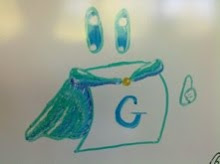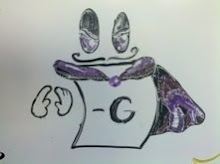Mad Rooks is another game developed by Mark Steere who has created a large number of excellent combinatorial games. This particular game is a sort of King-of-the-Hill Long-Distance Clobber. Both players begin with pieces that act like rooks in Chess in that they can move as many spaces horizontally or vertically on a checker board without jumping pieces. If a rook moves onto a space occupied by an opponent, the opponent's piece is removed (captured). A rook is called "engaged" if it can make a capturing move. Each turn, a player either uses one of their rooks to capture a piece or moves one of their unengaged rooks so that it is engaged.
Just as with Clobber, this game is all-small, which means if there is a move for one player, then both players have a move. Although this does not mean that each game has a nimber value (though it always seems like it should to me) it does mean that every instance of an all-small games has an infinitesimal value. Infinitesimals are smaller than all positive numbers, yet greater than all negative numbers (the only infinitesimal number is 0). Values such as Up, and * are infinitesimals.
It is especially interesting to look at end states in Mad Rooks, where suddenly making engaging moves instead of capturing with another piece is a better move, though engaging when you have to is often disastrous. It doesn't always even matter who has more pieces. Consider a board with rooks only on every square along the diagonal of the checkerboard. Now, if only one of those is Blue but the rest are Red, the next person to play loses the game, despite the fact that Red outnumbers Blue seven-to-one! (Try it!)
One reason some players may prefer this game to Clobber is that in the end all pieces of one player are captured, leaving the winner as the last color standing. In Clobber, you can't look at the final position and determine who won the game, but you can in Mad Rooks!






